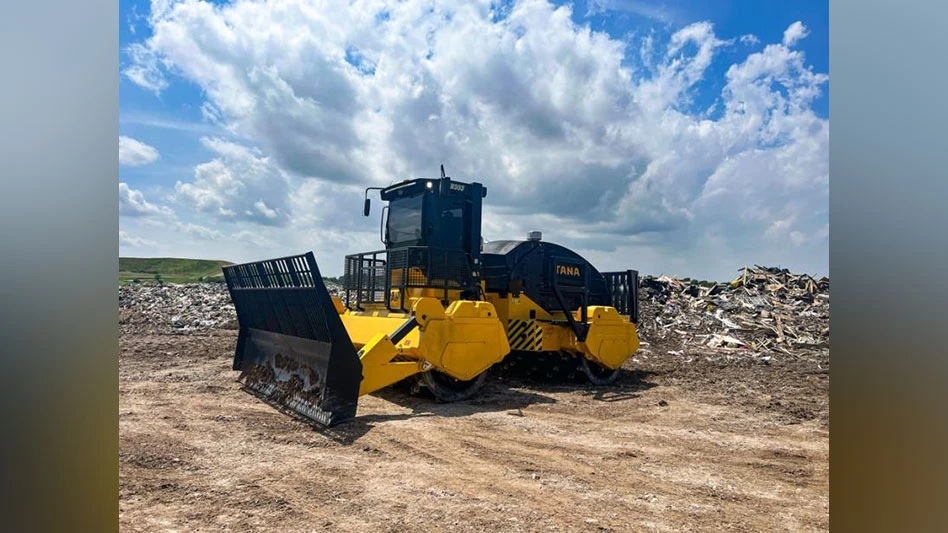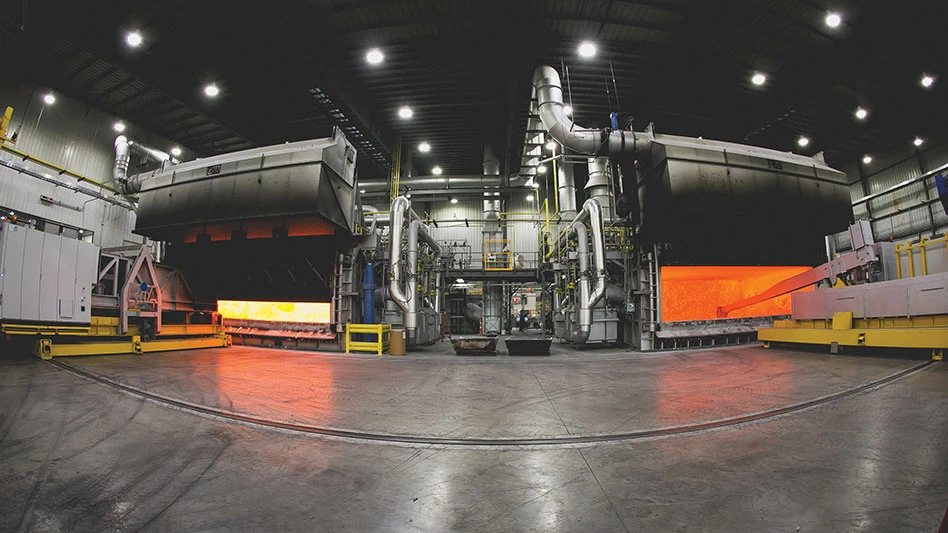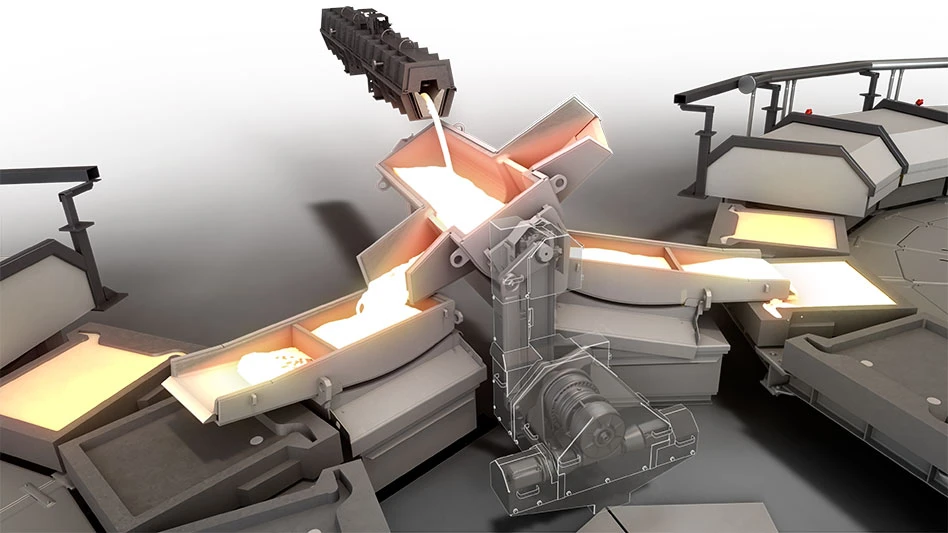About 70 percent of the more than 135 million tons of building-related construction and demolition (C&D) material generated annually comes from demolition projects. Demolition contractors are already recycling a sizeable portion—estimated to be 40 percent—of the demolition debris. However, the National Demolition Association (formerly the National Association of Demolition Contractors), Doylestown, Pa., would like to see substantial growth in that percentage and is calling on the Environmental Protection Agency to take the critical step of developing a National C&D Recycling Policy.
The National Demolition Association believes that increasing C&D recycling adds to the demolition industry’s revenue stream, further stimulates the nation’s economy, promotes good environmental stewardship, lessens the burden on the nation’s landfills and provides useful materials of high quality.
STATE-BY-STATE APPROACH. Currently, C&D waste is handled differently state to state. Several of the larger states have imposed a number of barriers that make it impractical and economically unattractive to participate in C&D recycling efforts, including:
• Excessive fees for permits to operate a C&D recycling facility;
• Over-regulation of procedures used at C&D recycling facilities;
• Limited opportunities in state purchasing procedures for the reuse of C&D recycled material; and
• Unrealistic C&D recycling goals tied to regional or statewide mandates.
These barriers make the sizable capital investment in equipment, land, time and labor needed to set up a profitable recycling venture unlikely.
The National Demolition Association believes a sound national policy would set up an infrastructure that would free-up landfill space and promote sound reuse of valuable commodities and good resource stewardship, while sustaining a cleaner environment.
The policy should include:
• National guidelines dealing with the movement of C&D material;
• Standards for material quality, thereby increasing commodity marketability;
• Promotion of recycled C&D materials in the marketplace; and
• National inspection standards for C&D recycling facilities.
NATIONAL DIRECTIVE NEEDED. The National Demolition Association has identified 14 major constituents of a structure that can be recycled. This list includes carpet, drywall, glass, ceiling tiles, wood, asphalt roofing shingles, brick, metal and other constituents. Realistically, only four—concrete, metal, high-quality lumber and wood—have current market value.
To increase the list of products with real recycled value, the National Demolition Association suggests first that the federal government establish purchasing guidelines and specifications for each material. Just as Pres. Bill Clinton’s national directive to increase the government’s use of recycled paper led to changes in the paper recycling industry, an EPA specification for the use of recycled concrete could lead to a similar boom.
In addition, it is essential for the EPA to take a leading role in promoting the development of new technologies and processes that will produce durable, economical, high-quality products. Tax incentives for end users of the products generated is another way to increase the recycling and reuse of C&D material.
Although the National Demolition Association reports that approximately 40 percent of C&D waste is recycled on average, contractors routinely achieve rates of 80 percent to 90 percent.
Recycling and salvaging are a major part of the demolition contractor’s business, representing 20 percent to 40 percent of some companies’ revenues. When possible, asphalt and concrete are recycled. Salvage operations may include lumber and timber, steel, iron, precious metals and historical salvaging.
In fact, demolition contractors are masters of efficient materials recovery. High-value materials suitable for refurbishing or reuse are removed and sold. The salvage industry has grown hand-in-hand with the demolition industry and is a reliable outlet for architectural features, woodwork, lighting, plumbing fixtures, etc. Rare items have established national markets, and strong regional markets exist for fixtures, used brick, decorative items, timbers and other recoverable materials.
Concrete, perhaps the most recycled of all material, is often processed on-site and used as sub-base, riprap or drainage material. Wood may be chipped or received at a C&D waste processing facility. Recovery of ferrous and other metals for recycling is also common.
The bottom line is that although demolition contractors and those in related industries are working hard to achieve high levels of recycling and reuse, it is essential that the EPA develop a national policy on this effort. We look forward to working in partnership with the EPA to develop a program that continues this effort.
Michael R. Taylor, CAE, is executive director of the National Demolition Association, formerly the National Association of Demolition Contractors. This professional organization represents more than 900 U.S. and Canadian companies offering demolition services and can be telephoned at (800) 541-2412 or e-mailed at info@demolitionassociation.com.
Get curated news on YOUR industry.
Enter your email to receive our newsletters.

Explore the February 2005 Issue
Check out more from this issue and find your next story to read.
Latest from Recycling Today
- Fenix Parts acquires Assured Auto Parts
- PTR appoints new VP of independent hauler sales
- Updated: Grede to close Alabama foundry
- Leadpoint VP of recycling retires
- Study looks at potential impact of chemical recycling on global plastic pollution
- Foreign Pollution Fee Act addresses unfair trade practices of nonmarket economies
- GFL opens new MRF in Edmonton, Alberta
- MTM Critical Metals secures supply agreement with Dynamic Lifecycle Innovations





